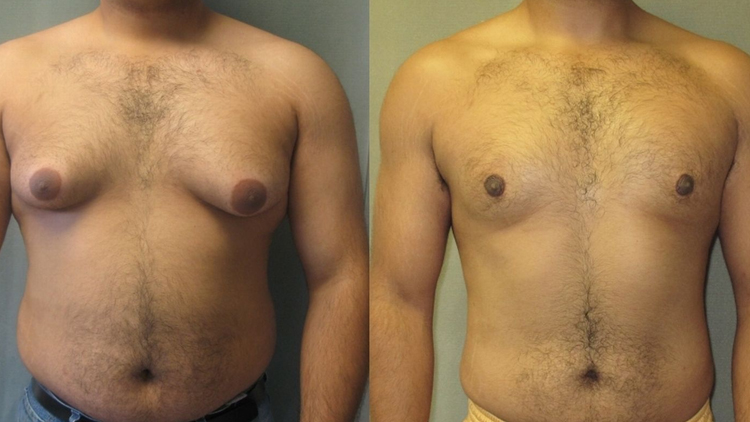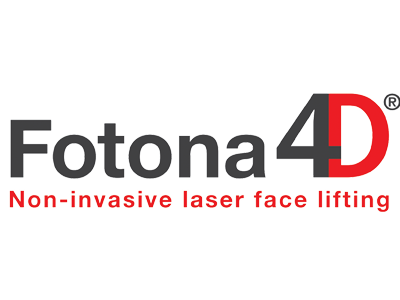Restore Natural Harmony
Celebrate Individual Beauty
Areola surgery, also known as areola reduction or areola reshaping, is a cosmetic surgical procedure focused on altering the size, shape, or appearance of the areolas—the pigmented areas surrounding the nipples. This procedure is often performed in conjunction with other breast surgeries or as a standalone procedure.

Types of Areola Surgery
Areola Reduction: This procedure aims to decrease the size of the areolas, making them smaller and proportionate to the breast size. The surgeon removes a circular or doughnut-shaped section of the outer edge of the areola and then sutures the remaining tissue to create a smaller areolar diameter.
Areola Augmentation: Areola augmentation involves increasing the size of the areolas. This procedure is relatively rare and is typically performed in cases where the areolas are naturally small or asymmetrical. It can be achieved by using grafts of the patient's own tissue or through the injection of fat or dermal fillers.
Benefits of Areola Surgery
Improved Proportion and Symmetry: Areola surgery can enhance the overall appearance of the breasts by improving the proportion and symmetry between the areolas and the breast size and shape.
Addressing Enlarged Areolas: Some individuals may have naturally large areolas or experience stretching or enlargement of the areolas due to factors like breastfeeding, weight fluctuations, or aging. Areola reduction can help restore a more aesthetically pleasing size and shape.
Increased Self-Confidence: For individuals who are self-conscious about the size, shape, or appearance of their areolas, this surgery can provide a boost in self-confidence and body image.

Procedure for Areola Surgery
The specific procedure for areola surgery may vary depending on the patient's individual needs and goals, as well as the surgeon's preferred techniques. However, here are the general steps involved
Anesthesia: Areola surgery is typically performed under local anesthesia with sedation or general anesthesia to ensure the patient's comfort throughout the procedure.
Incision and Tissue Removal: The surgeon makes an incision along the outer edge of the areola, following the natural contour. In the case of areola reduction, a circular or doughnut-shaped section of tissue is excised. For areola augmentation, the surgeon may use grafts or injections to achieve the desired size and shape.
Areola Reshaping and Closure: The surgeon reshapes the remaining areolar tissue to create a natural-looking contour and proportion. The incisions are then meticulously closed with sutures, and the surgical area is covered with dressings.
Recovery and Postoperative Care
After areola surgery, patients may experience some swelling, bruising, and mild discomfort. The surgeon will provide specific postoperative instructions, which may include wearing a surgical bra, avoiding strenuous activities, and keeping the surgical area clean and dry. Full recovery typically takes a few weeks, and scars generally fade over time. It's essential to consult with a skilled plastic surgeon experienced in areola surgery to discuss your goals, understand the potential risks and complications, and determine the most suitable approach for achieving your desired outcome.













Restore-Rejuvenate-Rejoice
Welcome to DMAX Day Surgery Center, the best plastic and cosmetics Surgery center in Jumeirah 3, Dubai - UAE, your one-stop destination for a wide range of Aesthetic, Plastic Surgery, Dental, or any labs services.
Dmax Day Surgery Center
10:00 - 21:00
Dermamax Medical Center
10:00 - 22:00
